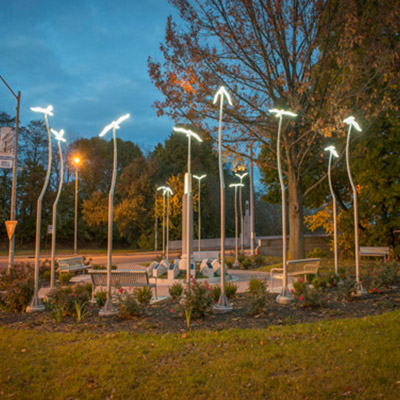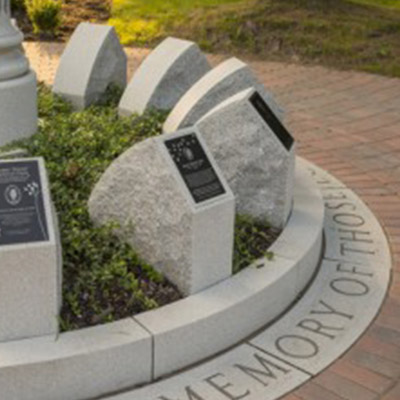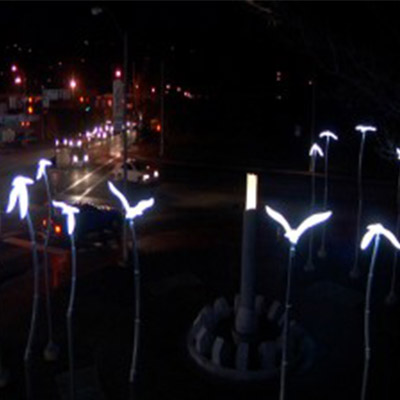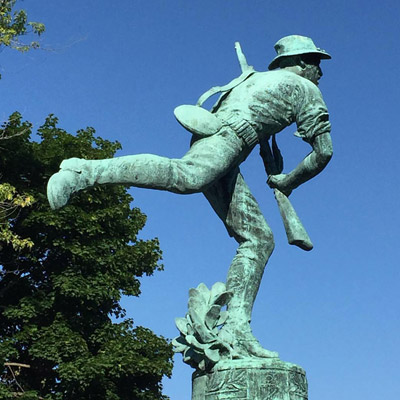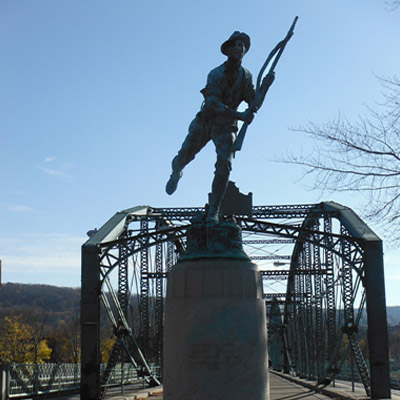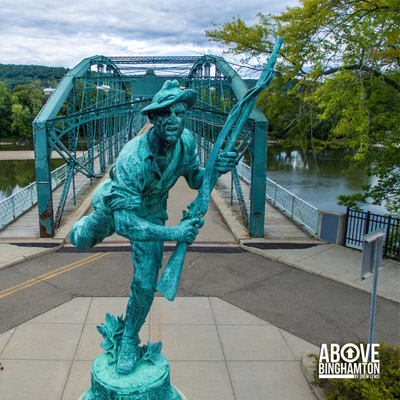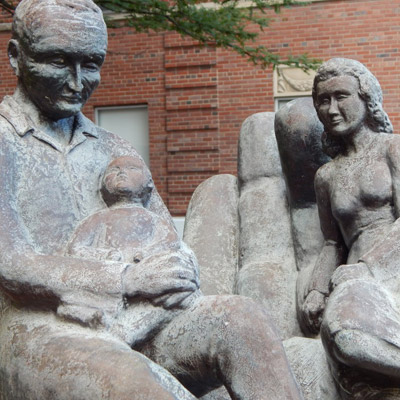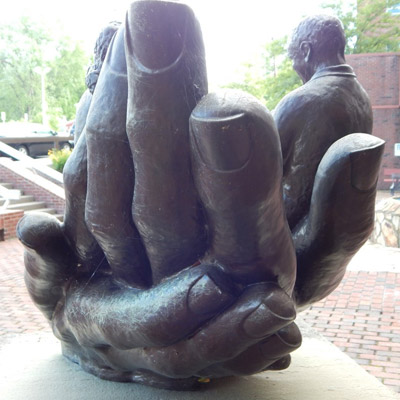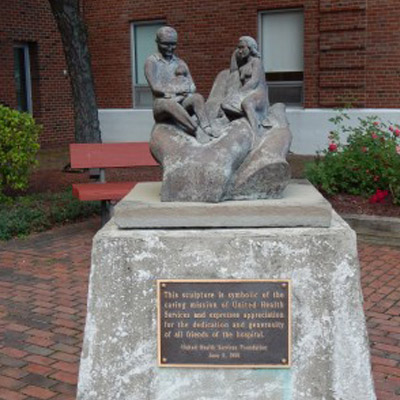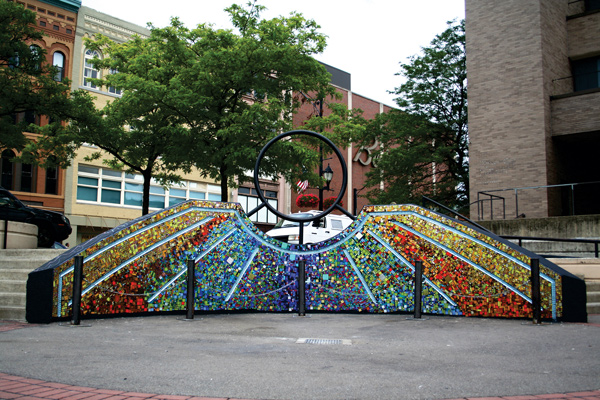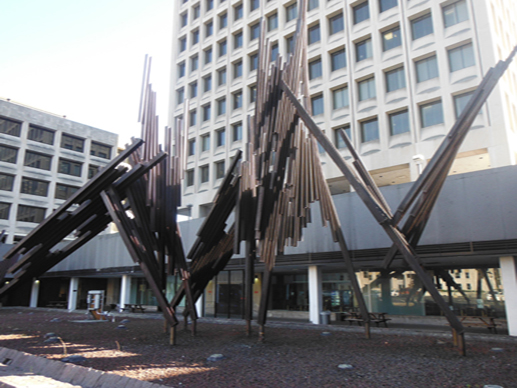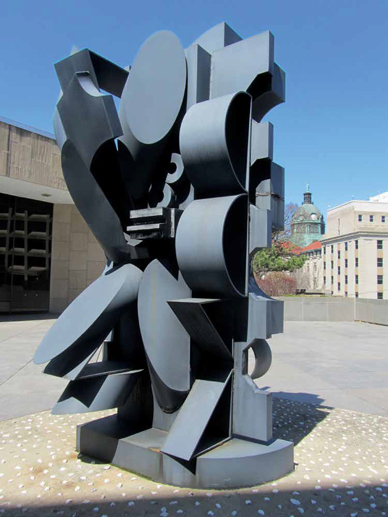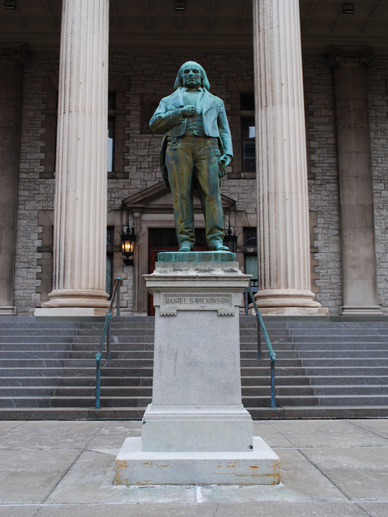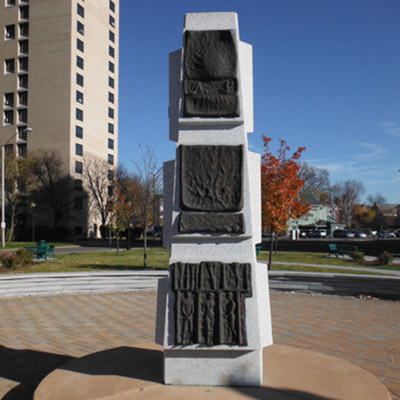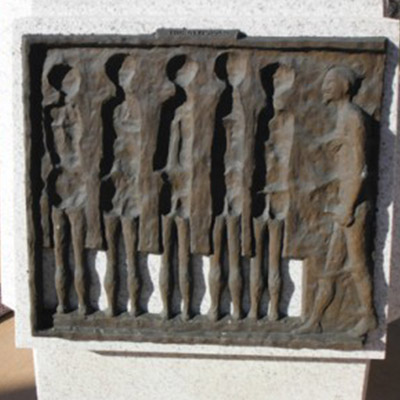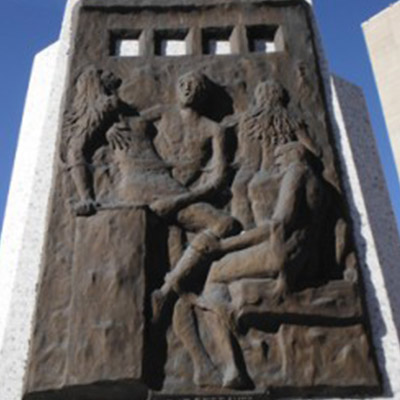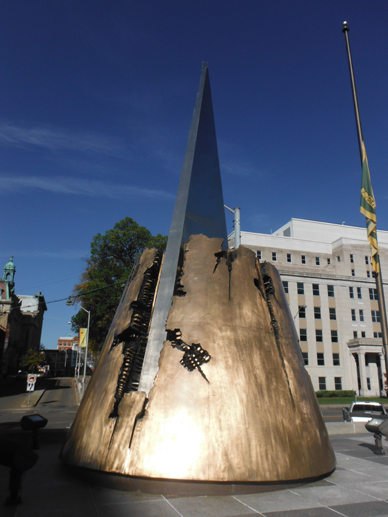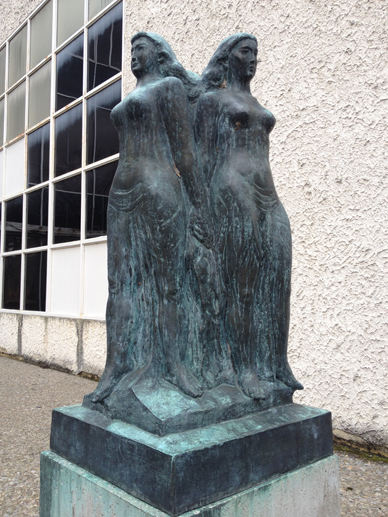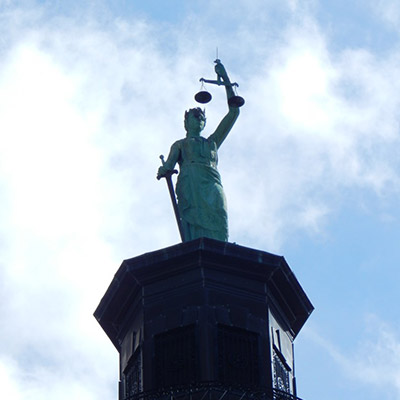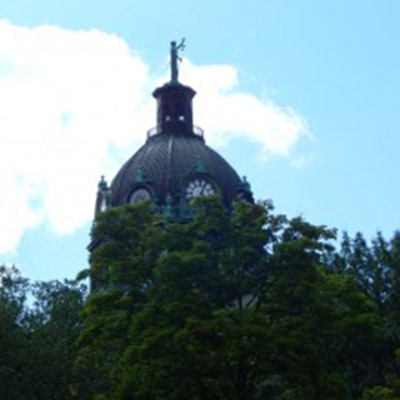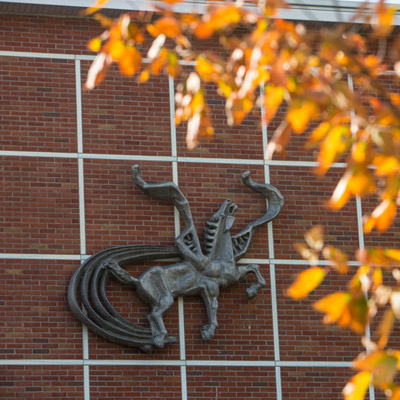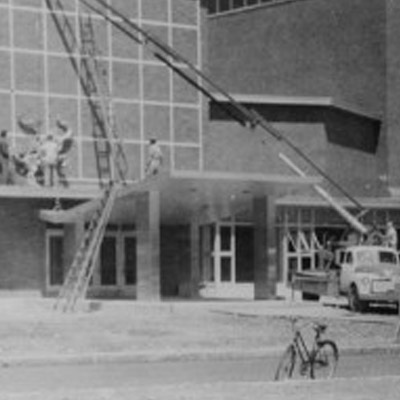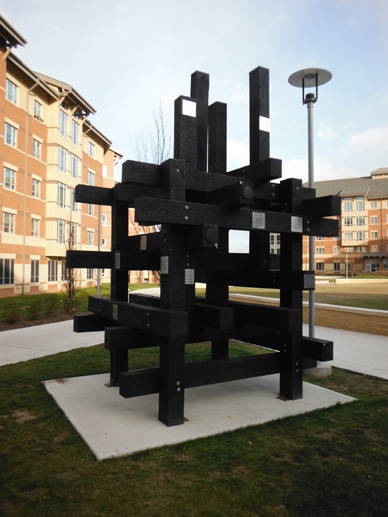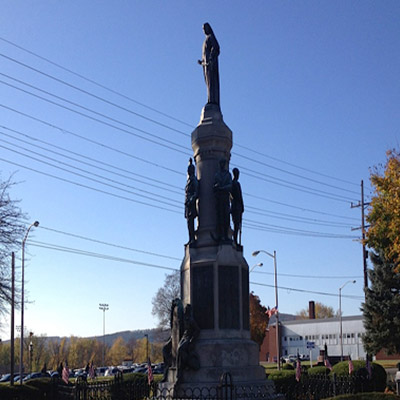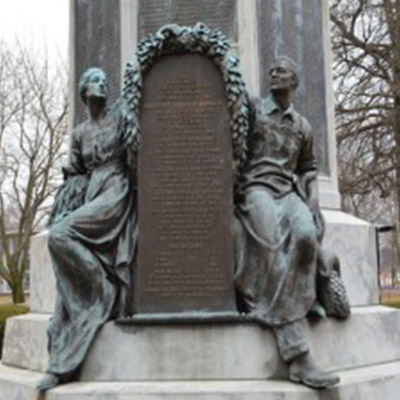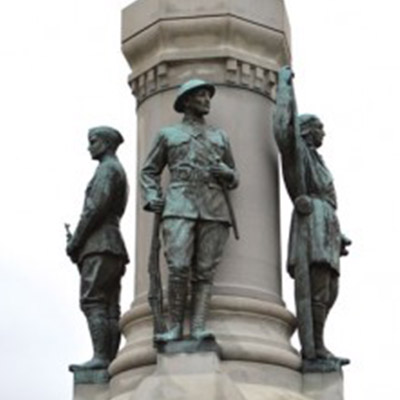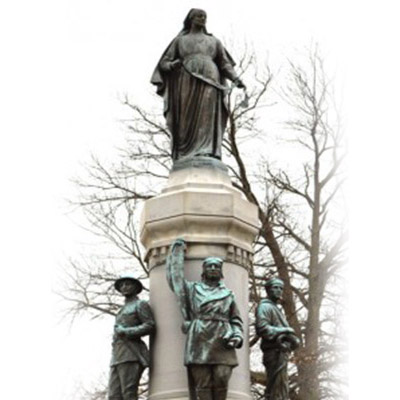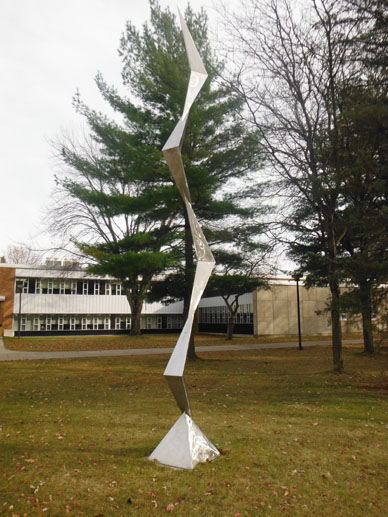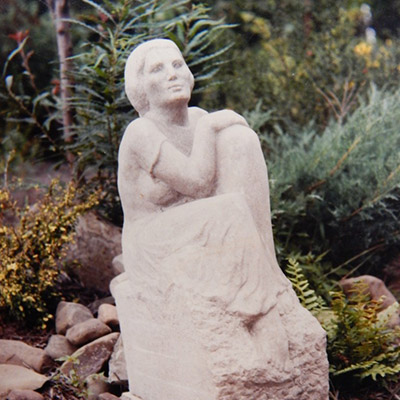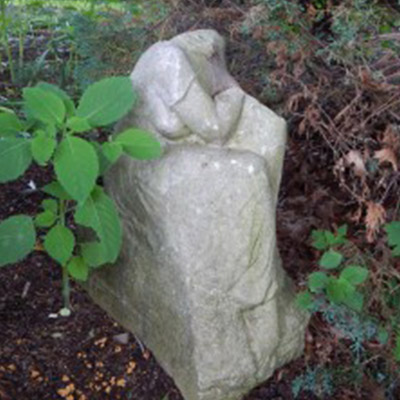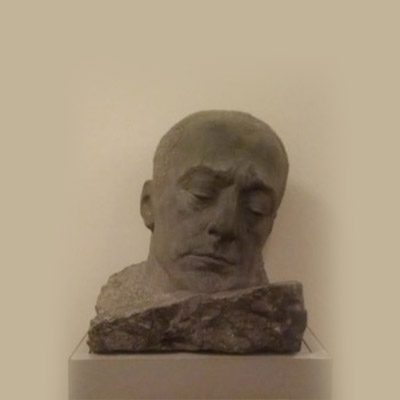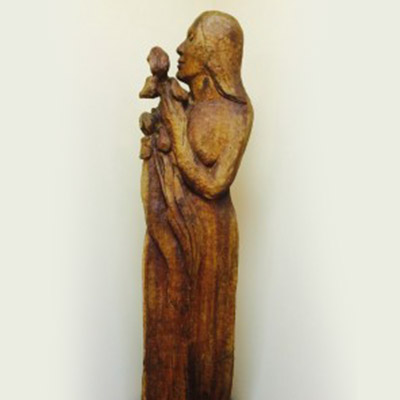The name Alice Parker is recognized by any experienced community chorus or church choir singer. A student of choral conducting, she was for nearly 20 years the music arranger for the Robert Shaw Chorale. Our area was treated with the rare gift this past weekend of a visit by Parker, thanks to a winning bid for her services by The Madrigal Choir of Binghamton’s director, Anne Boyer Cotten, at a Chorus America convention silent auction. Nearly 250 people attended Parker’s Community Sing Saturday (Oct. 16) at First Presbyterian Church in Binghamton, a fund-raiser for The Madrigal Choir. At the choir’s concert Sunday (Oct. 17) at Trinity Memorial Episcopal Church in Binghamton, she conducted a half dozen of her own arrangements.
What did one learn listening to Alice Parker speak about folksongs and folk hymns?
First of all, we find evidence that music keeps one young. (I already had evidence of this earlier this year when I made a pilgrimage back to the Buffalo area to pay homage to my beloved old high school chorus teacher at the school’s 80th anniversary celebration. Though approaching 89, “Uncle Walter” Reitz was fit, trim, animated, with a sense of humor and a twinkle in his eye, and still conducted with meaningful dynamics.) It was really no surprise to find Parker, with the same twinkle in her eye, looking a dozen or so years, and acting maybe 20 years, younger than her chronological age (which is a matter of public record, but a gentlemen doesn’t tell!).
Folksong is about story telling, a story set to music. Understanding the text is of primary importance. “Tunes,” said Parker, “are neither sacred nor secular.” Folksongs can tell stories both about life and about faith.
Folksongs often arise from tribal or other oral tradition. Musical notation is just an attempt to codify that fluid musical form. “The printed page has no sound,” she observed, holding a hymnal to her ear; the sound must come from a human voice. Folksong rhythm is naturally not that of a mechanical metronome, but fluid like that of speech. While a regular beat is easier for a large group of people to follow without direction, a directed chorus sings folksong best when its rhythm follows the flow of the text.
Likewise the tempo should reflect the mood. Why do we sing happy celebrative church hymns like dirges? “Some songs are like a dance; they need to bounce and be bubbly, like champagne,” she said. To show her point, she had the audience sing “Praise Ye the Lord” in a tempo reminiscent of the Swingle Singers in the 1970s. And slowing a song at the end is a modern invention, she said. Taking the hymn “Joyful Joyful We Adore Thee” as an example, she pointed out that in its original context in the Beethoven Ninth Symphony, the end of that climactic choral movement is marked not by a ritardando but by a frenetic prestissimo accelerando of the orchestra.
Folksong singing offers the gift of listening to one another. Parker explained how the Scottish Psalter of 1635 was printed with the soprano and bass on one page and the alto and tenor on the opposite page but upside down, so that four persons, sitting as pairs opposite each other in old-fashioned square pews, could share the book and sing four-part harmony, one to a part. And of course the Hebrew Psalms, with verse lines that are often complementary or contrasting, were originally sung antiphonally in temple worship. (Writer’s note: Unfortunately most hymnals which mark or “point” psalms for antiphonal recitation or singing incorrectly do so by full verse, rather than half-verse, losing the antiphonal effect altogether.)
Folksong is a genre in nearly every culture of the world. The more we sing songs of other cultures in their original style and spirit, the closer we draw to another culture. When there is no harmony, folksong often uses percussion. Taking the Taiwanese folk hymn “God Created Heaven and Earth” as an example, Parker had the audience sing a four-note gong that punctuated the melody. Then she taught us to finger-snap the Jamaican rhythm of “Let Us Talents and Tongues Employ.” One could almost imagine a steel drum band playing in the background as we sang.
Alice Parker’s Community Sing was a unique experience challenging us to “sing outside the box.” No community chorus singer, church choir conductor or church organist should settle for plodding pedantic music after hearing Alice Parker.
— David L. Schriber


